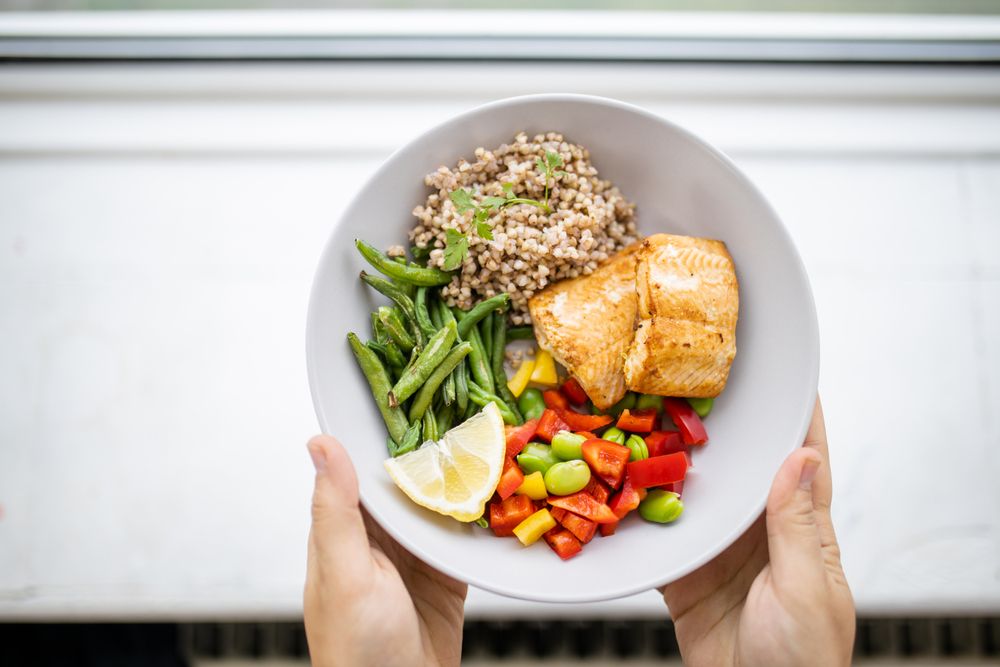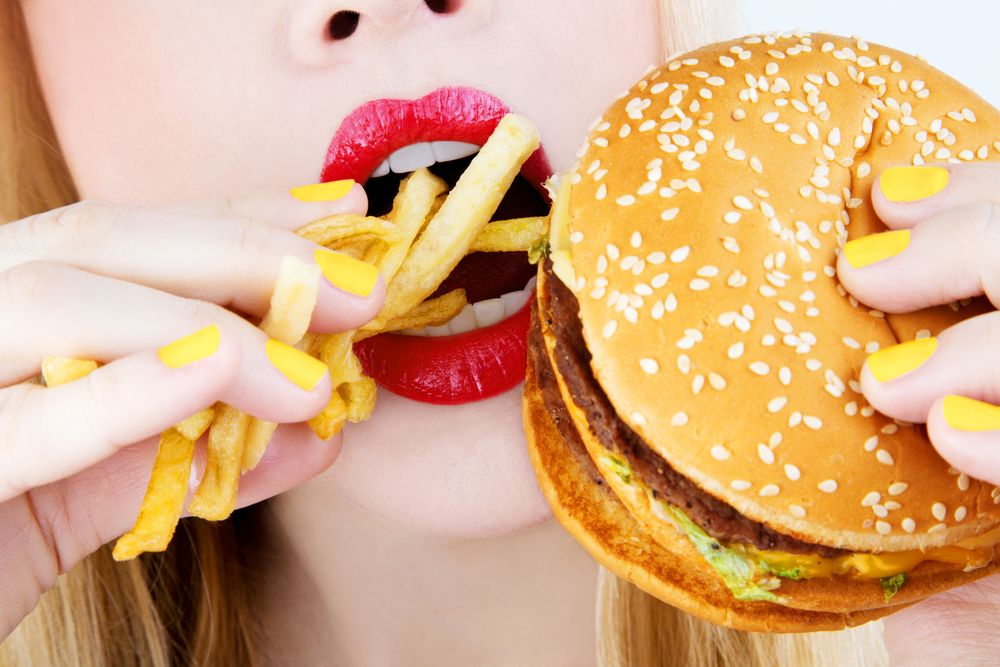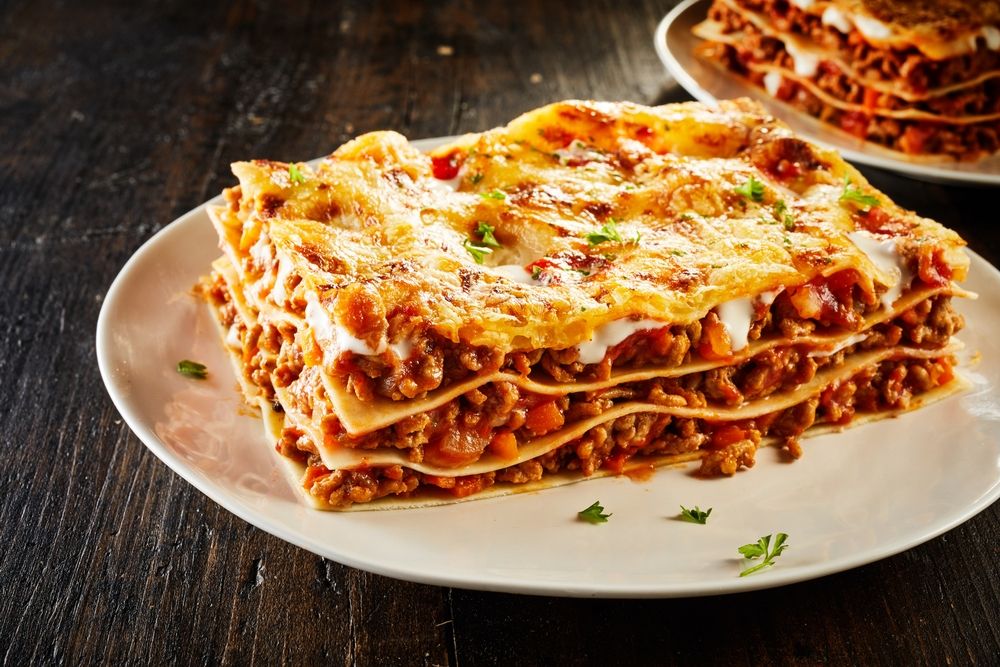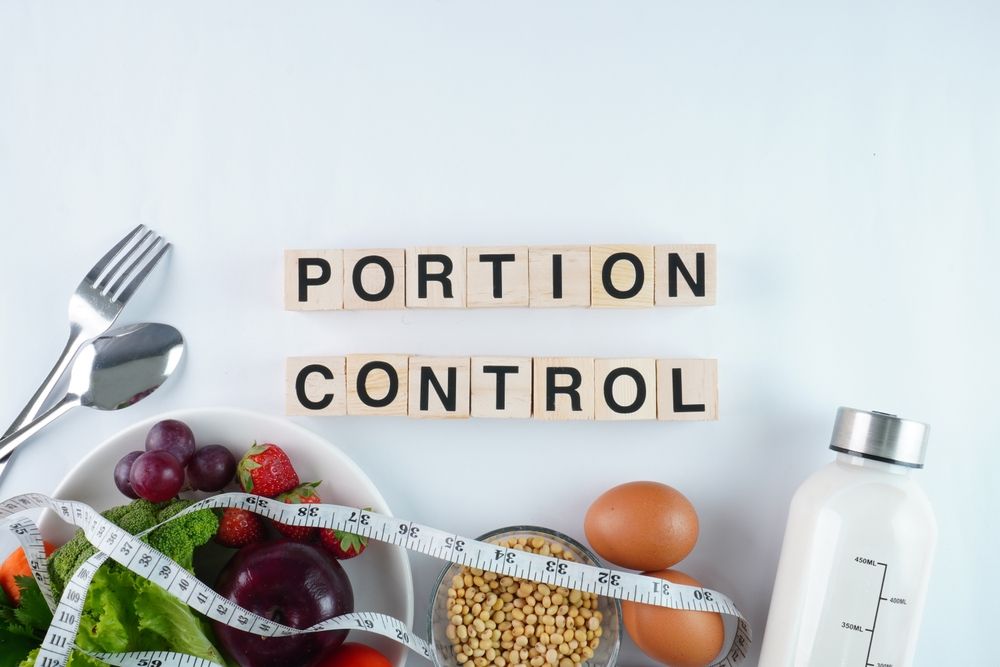When you're on a weight-loss journey, there are several factors to consider. While exercise and choosing the right foods are essential, portion control is just as important. Proper portion sizes help set boundaries so you don't overeat. We're here to explain the ideal portion sizes for weight loss and highlight common mistakes to avoid.
"As long as portions are controlled, calories stay in check. While weight loss isn't solely about consuming fewer calories, it plays a role. When people eat large portions, they often overconsume calories, leading to weight gain," explain The Nutrition Twins®, Tammy Lakatos Shames, RD, CDN, CFT, and Lyssie Lakatos, RD, CDN, CFT, members of our Medical Expert Board.
There are many reasons people eat beyond hunger. We might eat because the food tastes great or to cope with emotions like sadness, stress, or boredom. Sometimes, it's easy to eat mindlessly or in social situations without thinking.
"All of these factors can lead to eating far more than what our body needs," warn The Nutrition Twins. "A lot of extra food and calories can be consumed if we let these triggers take control. Plus, many people struggle to recognize their hunger and fullness cues, making it difficult to know when to start or stop eating. As a result, they can't rely on hunger to guide how much they should eat without overeating."
What Are Ideal Portion Sizes for Weight Loss?

So, what are the ideal portion sizes for those looking to lose weight?
According to the Nutrition Twins, "While we have general guidelines, we typically tailor recommendations based on our clients' size, activity levels, stress, and how their body responds. We also adjust portions if they feel too hungry or overly full."
Here are their general guidelines:
- Vegetables: Include at least 2 cups of lightly steamed or raw veggies and leafy greens in every meal.
- Protein: Large males should aim for 5-7 ounces of protein per meal, while small females should consume about 3-4 ounces. "Everyone else falls in between," the Nutrition Twins add. A useful tip is to use the size of your palm as a guide.
- Carbohydrates: Large, active males should have 1.5-2 cups of carbs per meal, while small females should aim for ½ to 1 cup. Everyone else falls in the middle.
- Fats: Large males should consume about 1.5-2 tablespoons of fat per meal, while small females should have around 2 teaspoons.
- Snacks: "We recommend combining protein and fiber for steady energy and blood sugar balance," the Nutrition Twins advise. Aim for 150-200 calories. Examples include: ½ apple with 1 tablespoon of peanut butter, 1 cheese stick with a rice cake or several crackers, or a cupped handful of cottage cheese with berries.
Common Portion Size Mistakes to Avoid:

- Assuming Restaurant Portions Are the Right Size
One of the most common places people make portion size mistakes is at restaurants. Many restaurants serve oversized portions—especially when it comes to refined carbs—to make customers feel they're getting more for their money.
"Assuming the large portion you're served is the right amount for you is a big mistake that can easily lead to weight gain," explain The Nutrition Twins.
- Not Paying Attention to Carb Serving Sizes
It’s easy to pour your favorite breakfast cereal and fill the bowl to the brim without thinking about portion size.
"A common mistake we see with new clients involves carbs—like pouring a bowl of cereal," The Nutrition Twins say. "They assume a full bowl is the right portion, but a typical serving is only ½ to 1 cup, and many bowls can hold two to three times that amount."
- Eating Directly From the Bag or Box
Eating straight from the bag, box, or container is another common mistake.
"It’s nearly impossible to keep track of how much you’ve eaten unless you finish the entire bag or container—which usually isn’t a good thing," warn The Nutrition Twins.
How Can You Estimate Portion Sizes Without Measuring?

The Nutrition Twins usually suggest a few handy tricks to help you estimate portion sizes more accurately.
"We also encourage [our clients] to weigh and measure common foods they eat at home every week or so," they explain, "so they become familiar with proper portions and can learn to eyeball amounts by comparing them to the size of their hand, and other easy references."
Here Are a Few Common Ways to Estimate Portions:

- One serving of poultry or meat = the size of your palm
- One 3-ounce serving of fish = the size of a checkbook
- One-half cup of ice cream = the size of a tennis ball
- One serving of cheese = the size of a set of dice
- One-half cup of cooked pasta, rice, or snacks like pretzels or chips = the size of a tennis ball or a rounded handful

